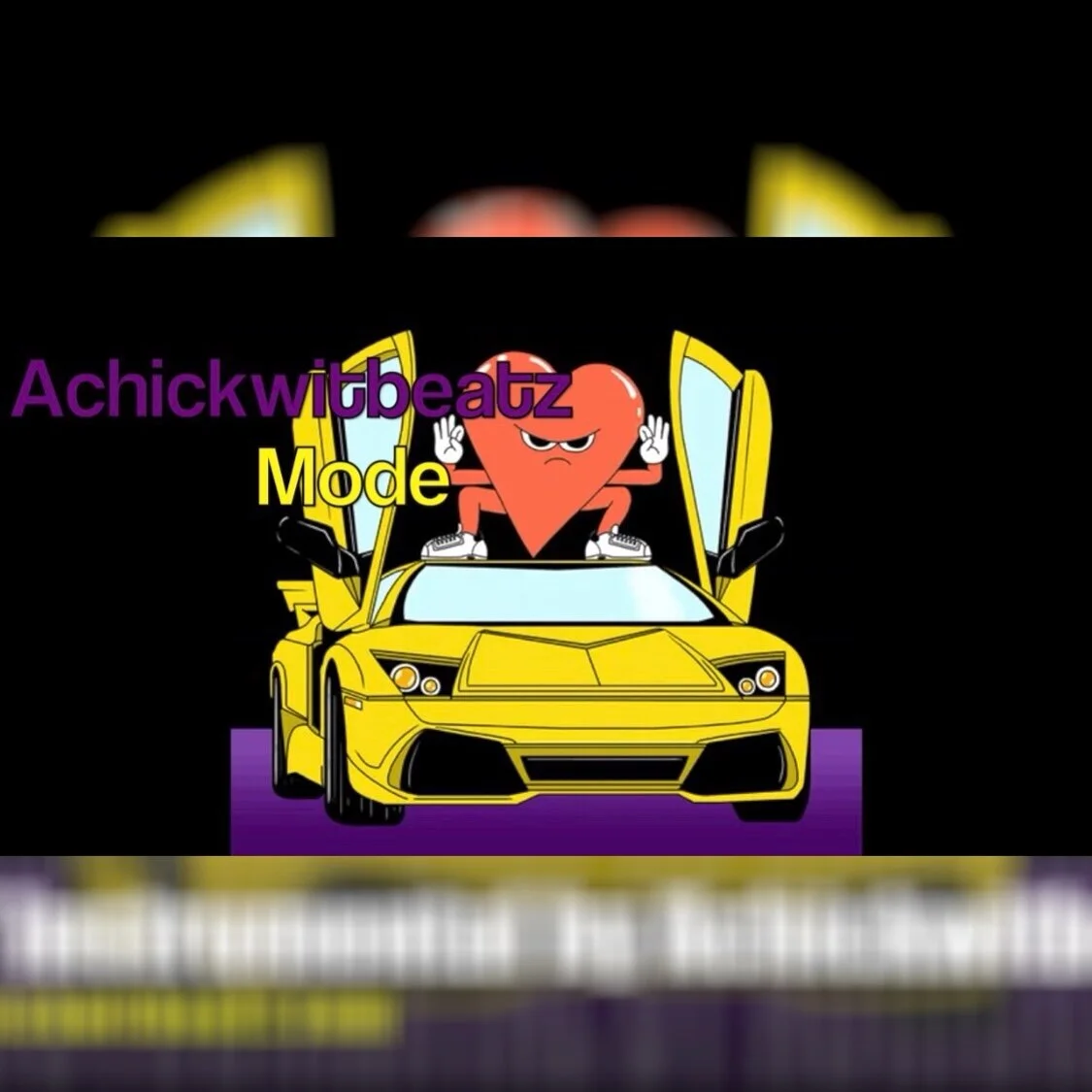Merchandise has become one of the most reliable income streams for independent artists. In addition to boosting revenue, selling merch online is also a way to deepen fan relationships and give supporters something tangible that connects them to your music. However, setting up a store and moving inventory effectively requires a strategic approach, not guesswork. Through research into music marketing and e-commerce best practices, here are key steps and considerations that can help artists like us sell merch online more effectively.
Start with the Right Merch Strategy
Photo by Mike Petrucci on Unsplash
Jumping straight into printing hoodies and hats can be risky without a plan. A merch strategy begins with understanding your fan base and choosing products that make sense for your audience and budget.
Start small, test, and expand. Instead of launching with a dozen different items, begin with one or two staple products like T-shirts or tote bags. This keeps costs manageable while giving you a chance to test what fans respond to.
Align with your brand. The best merch connects back to your music identity. A metal artist might find success with black hoodies or patches, while a singer-songwriter may do better with eco-friendly items like notebooks or reusable water bottles.
Pay attention to quality. Fans are more likely to purchase (and keep wearing) merch if the fabric feels good, the print lasts, and the product is worth the price. Cheap products that fall apart quickly damage your reputation more than they help.
By starting with a clear strategy, you avoid overproducing items that don’t sell and create products that resonate with your audience.
Choose the Best Platform for Your Store
Where you sell your merch online is just as important as what you sell. The right platform should balance cost, ease of use, and accessibility for your fans.
Dedicated e-commerce sites (Shopify, Big Cartel, Squarespace). These give you full control over branding, inventory, and analytics. They can require more setup, but they also look professional and grow with you.
Print-on-demand services (Printful, Teespring, Merchbar). With these, you don’t need to invest upfront in inventory. They handle printing and shipping, though profit margins are lower, and quality control is out of your hands.
Music-focused integrations (Bandcamp, SoundCloud links, Spotify merch integrations). These options keep merch directly tied to your music presence, making it easier for fans to buy while listening.
No platform is perfect; it really just depends on your goals. For example, if you’re getting started, print-on-demand might minimize risk. As your audience grows, moving to a platform like Shopify or Big Cartel can help you scale.
Optimize Your Store for Fans
Photo by Dylan Gillis on Unsplash
Even the best merch won’t sell if your online store feels clunky or confusing. Fan experience is critical when it comes to conversion.
Clear photos and descriptions. Use high-quality images of your merch being worn or used, not just flat product shots. Add descriptions that cover fabric, size details, and design inspiration.
Mobile-friendly design. Many fans will shop directly from their phones after seeing a social media post or link. If your store isn’t optimized for mobile, you’ll lose sales.
Simple checkout. Long, complicated checkout processes can cause abandoned carts. Make sure fans can pay quickly and securely with common options like PayPal, Apple Pay, or credit cards.
Optimizing your store isn’t a one-time task. Monitor what fans click on, where they drop off, and continuously improve the experience.
Promote Your Merch Without Feeling Pushy
Photo by Samuel Regan-Asante on Unsplash
Selling merch online takes more than having it available, but making sure fans know it exists. Promotion doesn’t have to feel spammy if it’s approached with creativity and consistency.
Tie it to your music. Announce merch drops alongside new releases, tour announcements, or milestones. Fans are more receptive when merch feels connected to a moment in your career.
Use social proof. Share fan photos wearing your merch (with their permission). This builds community and encourages others to get in on it.
Offer limited runs or exclusives. Scarcity drives demand. Limited-edition designs or seasonal items can create urgency without pressure.
The key is balance: remind your fans about your merch often enough that they remember, but always connect the message back to the value it offers them.
Manage Inventory and Fulfillment Smoothly
Photo by Greg Rosenke on Unsplash
Follow-through is important for merch success. Poor shipping experiences can discourage fans from ever buying again.
Decide who handles shipping. If you use print-on-demand, fulfillment is automatic. If you handle it yourself, invest in reliable packaging, postage scales, and clear shipping timelines.
Track inventory closely. Running out of popular sizes or items without updating your store frustrates fans. Use tools that sync sales data with inventory to avoid overselling.
Consider international fans. Research shipping costs and customs policies before offering international shipping. Many artists underestimate these costs, which can cut into profits.
Smooth fulfillment not only reduces headaches but also creates a positive fan experience that encourages repeat purchases.
Build for the Long Term
Photo by Rufus Oyemade on Unsplash
Selling merch online effectively goes beyond focusing on one product drop to create a sustainable system that grows with your music career.
Start with a strategy based on what your fans actually want.
Choose a platform that matches your current stage and budget.
Continuously improve the online store experience.
Promote with creativity and fan connection.
Keep fulfillment smooth and professional.
When done thoughtfully, merch can become more than a side hustle. It can become a cornerstone of your artist brand and a steady income stream that supports your creative work.
- Art
- Independent Labels
- Internet Radio
- Music Documentaries
- Album Reviews
- Music History
- Music Industry News
- Free Game Friday
- Free Downloads
- Poetry
- Books
- Interviews
- Did You See It?!
- Hip Hop History
- Hear Here
- Music News
- Hip Hop Documentaries
- Music Marvels Radio Show
- Think Piece Thursday
- Mini Documentaries
- Instrumental Intel
- Music Humor
- Indie Analysis
- Conversations & Quotables
- Music
- Resources for Artists
- Podcasts
- Beats/Instrumentals
- Music Education

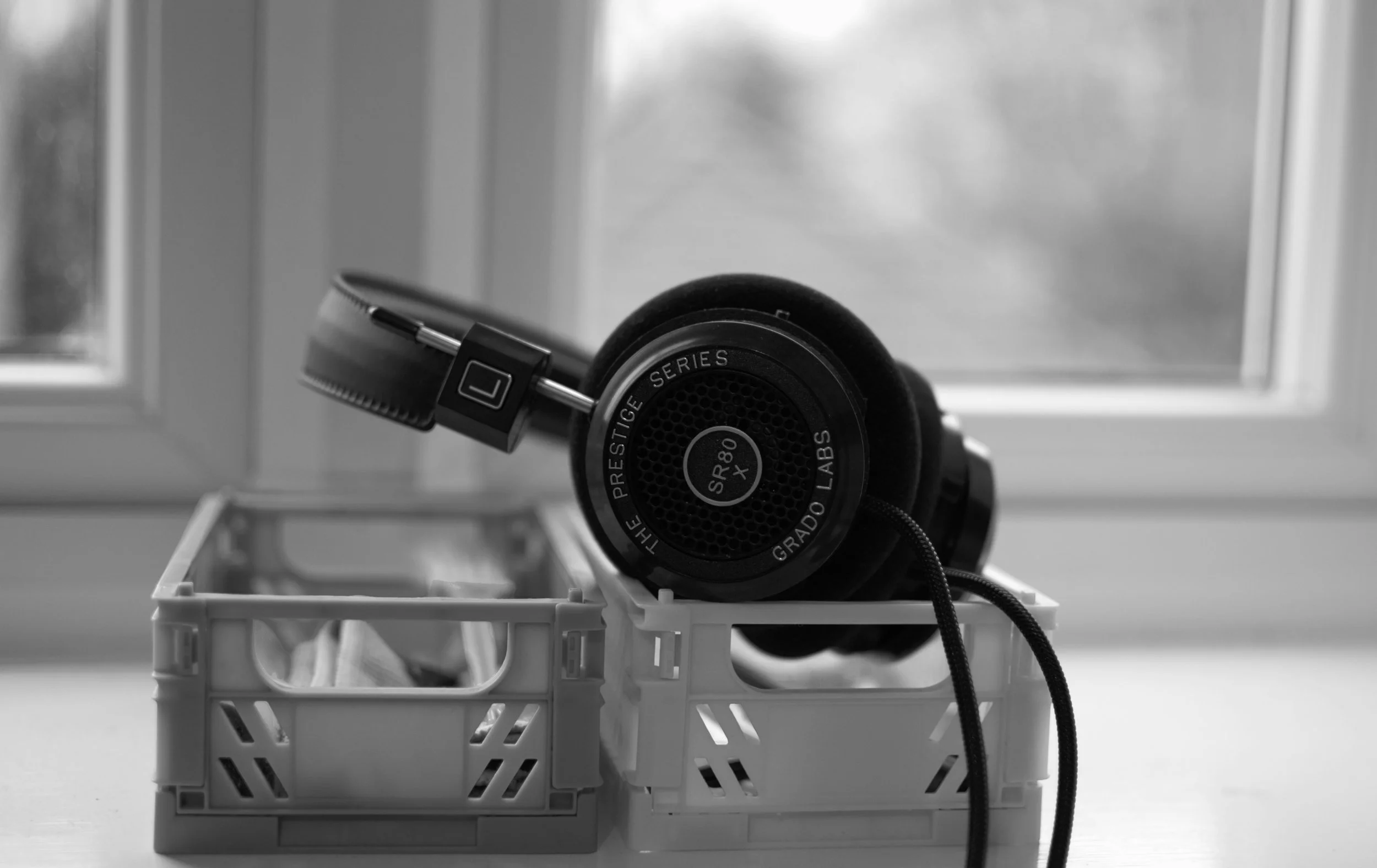

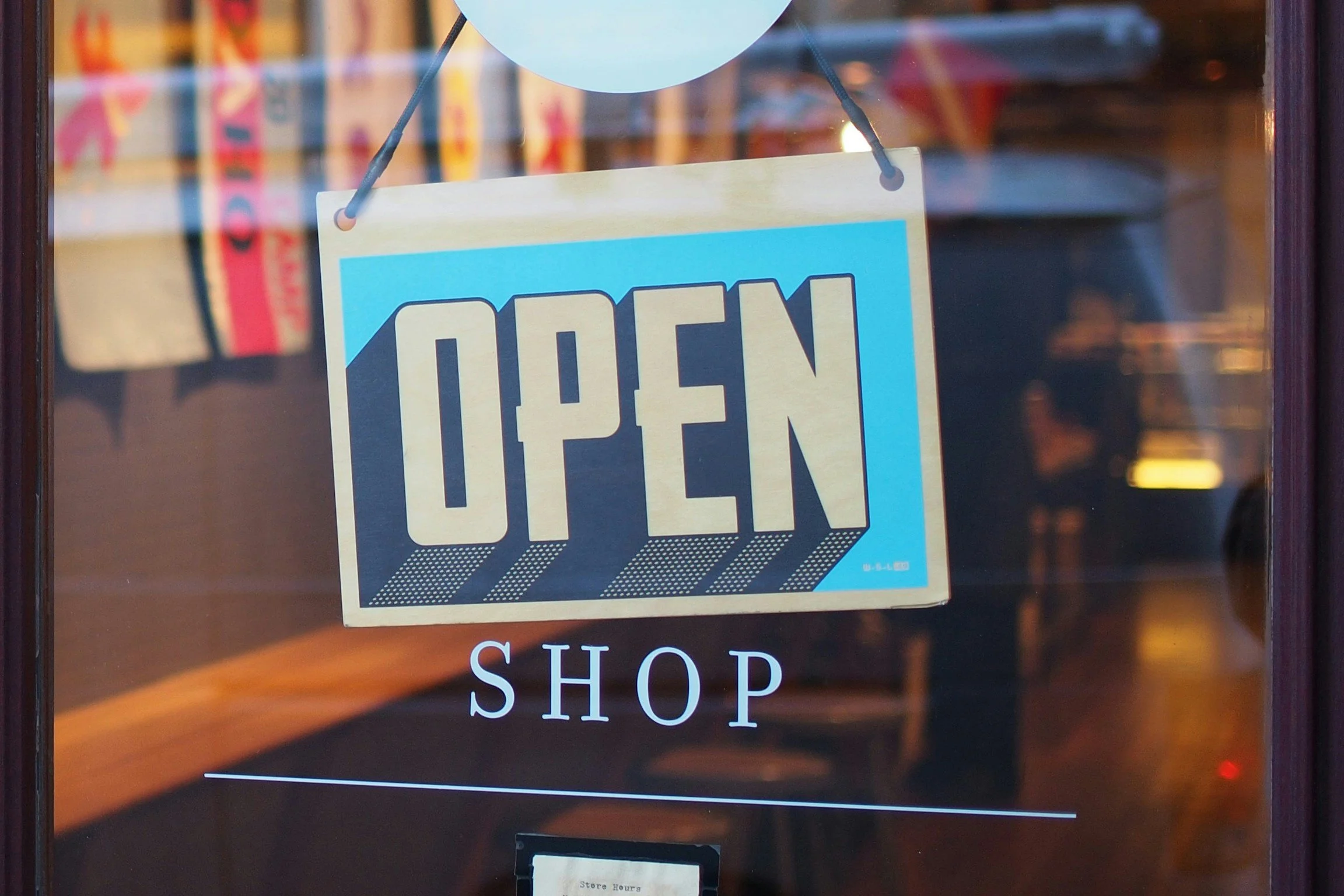
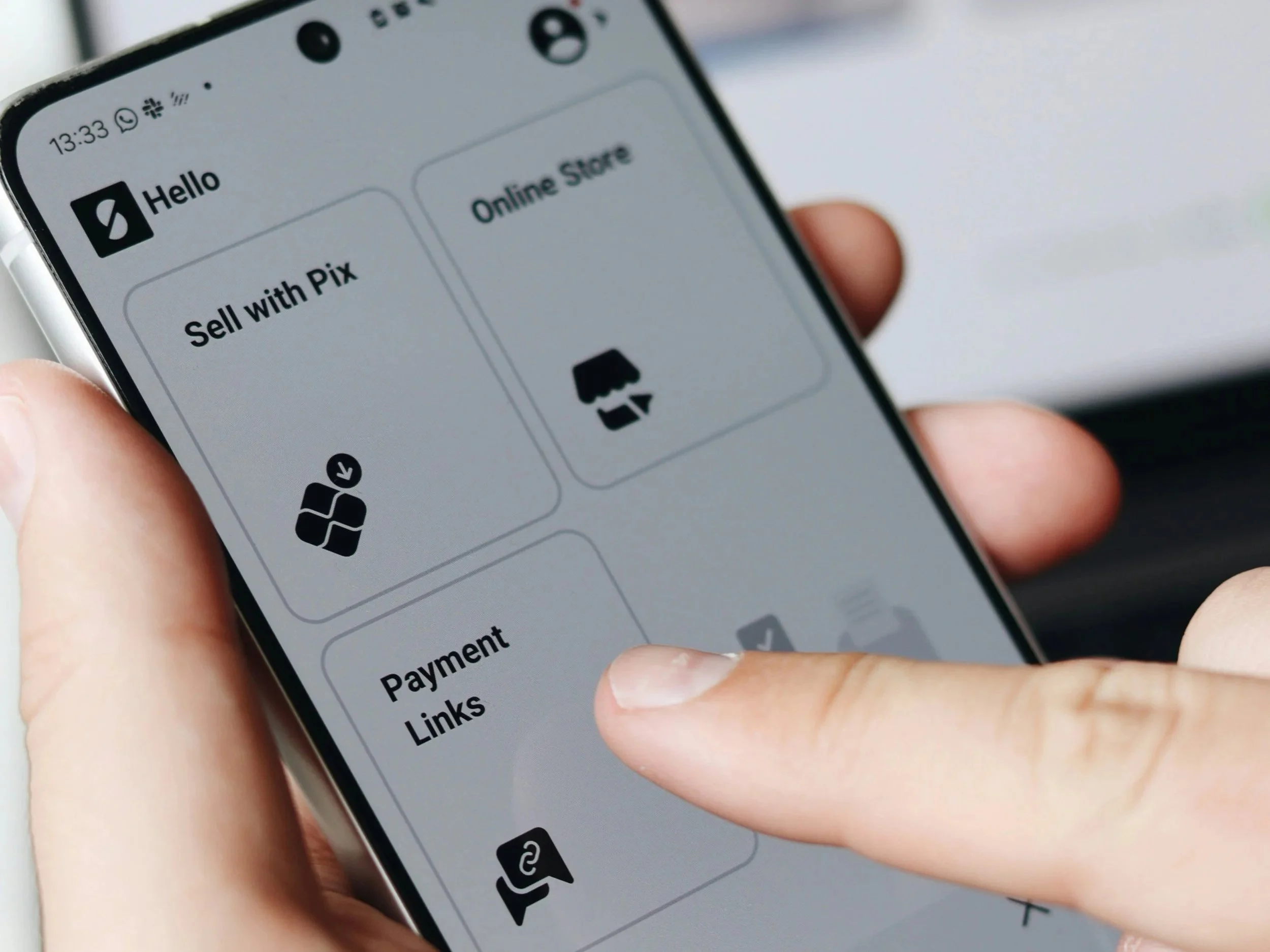
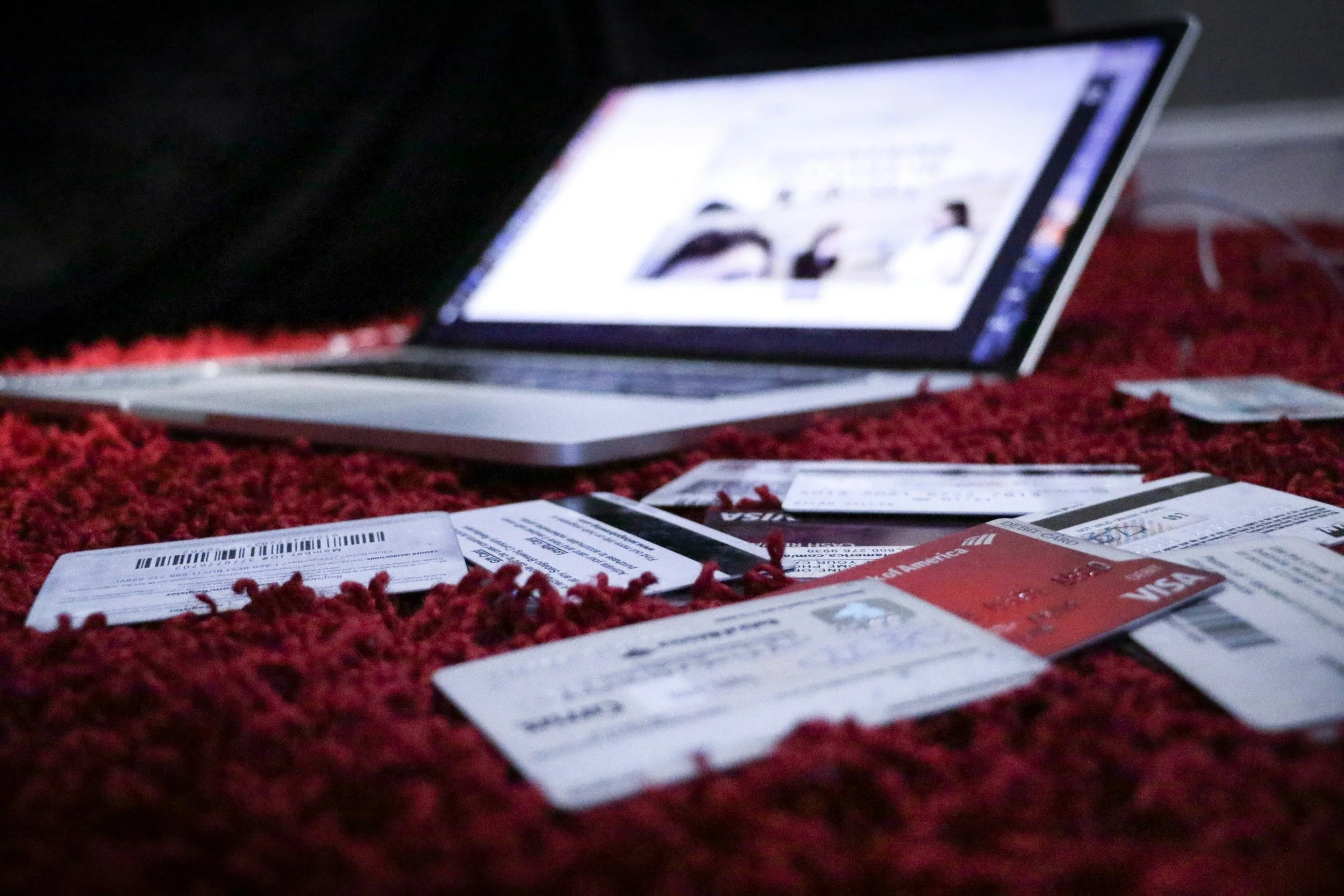
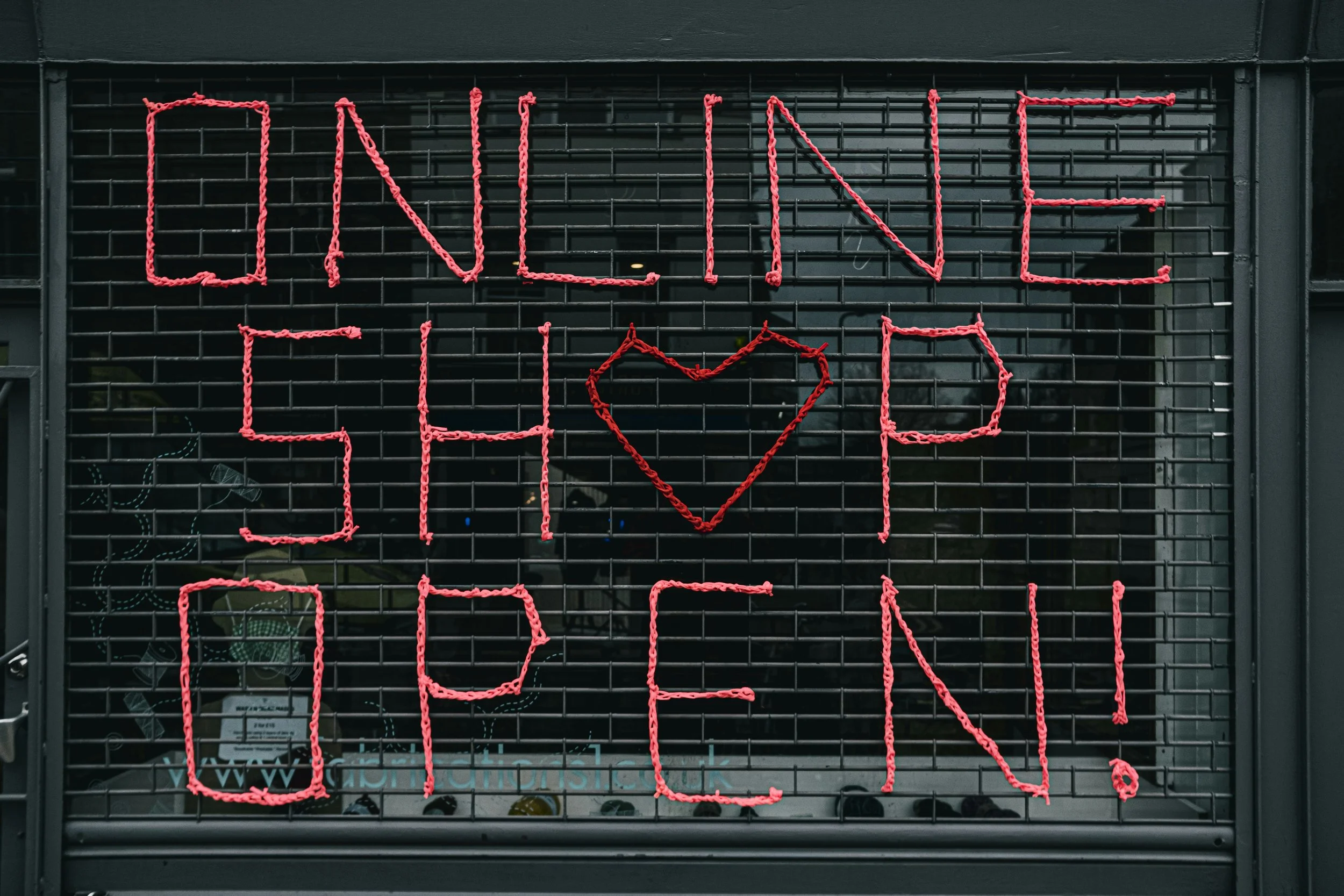





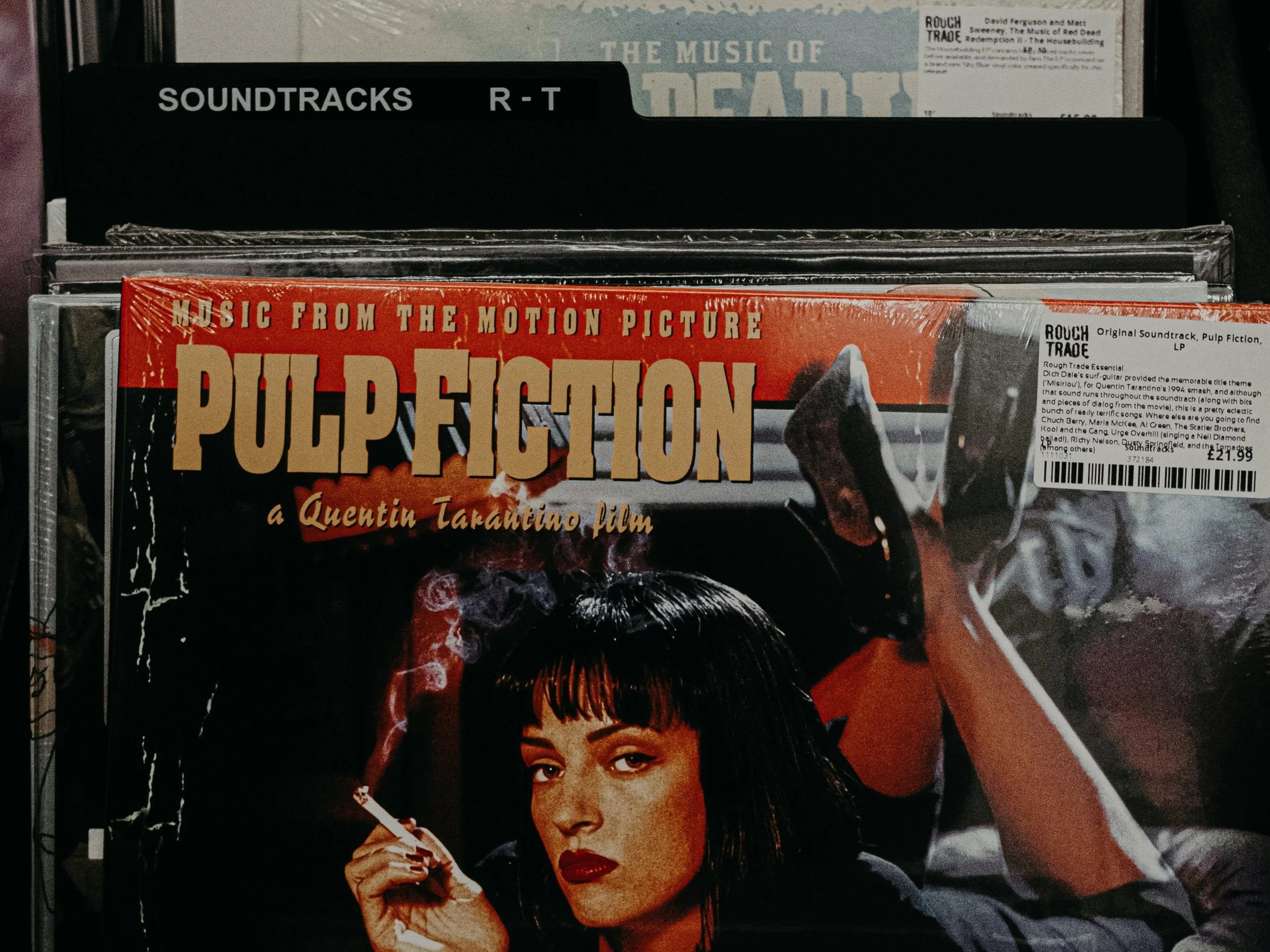


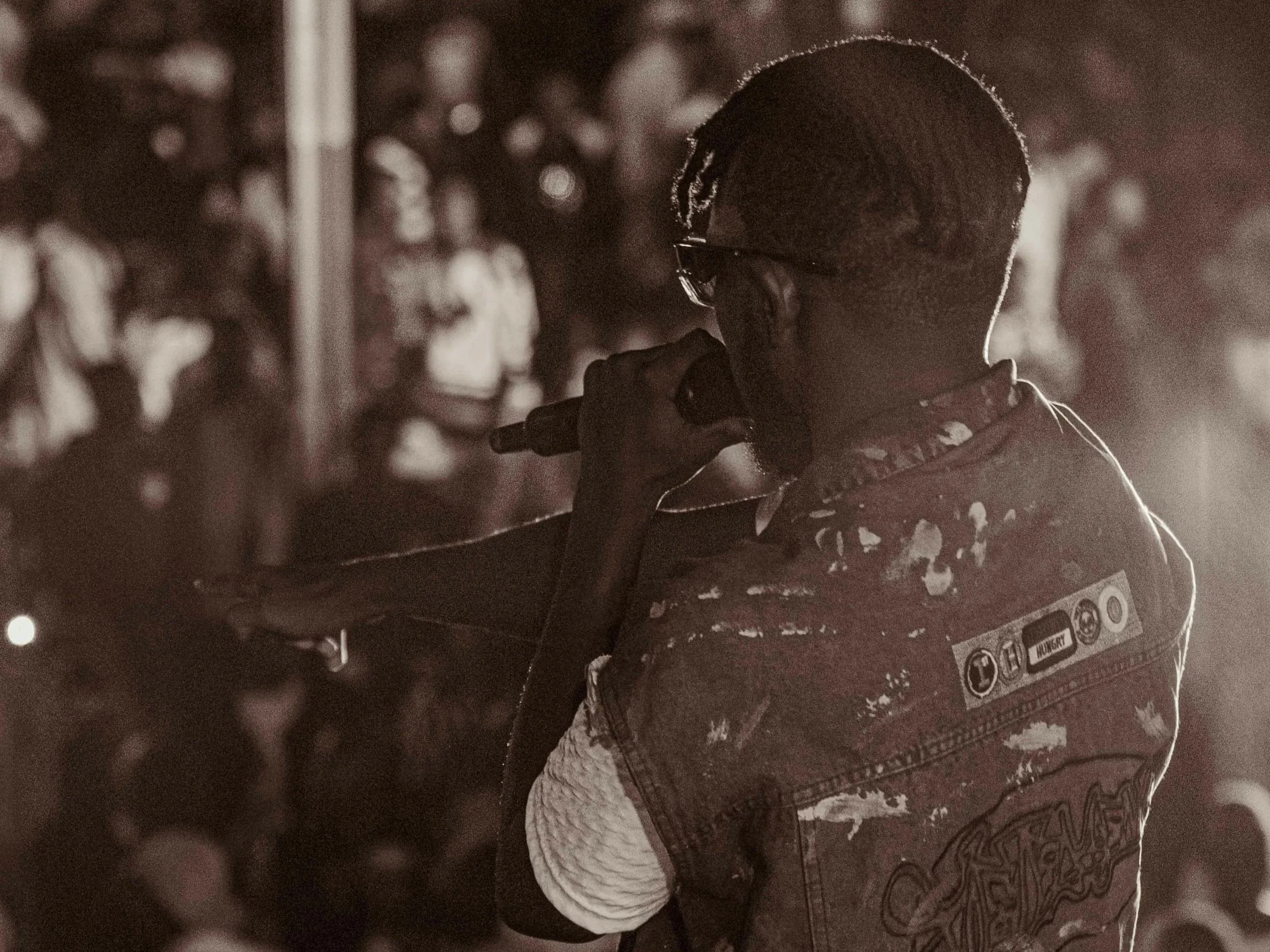




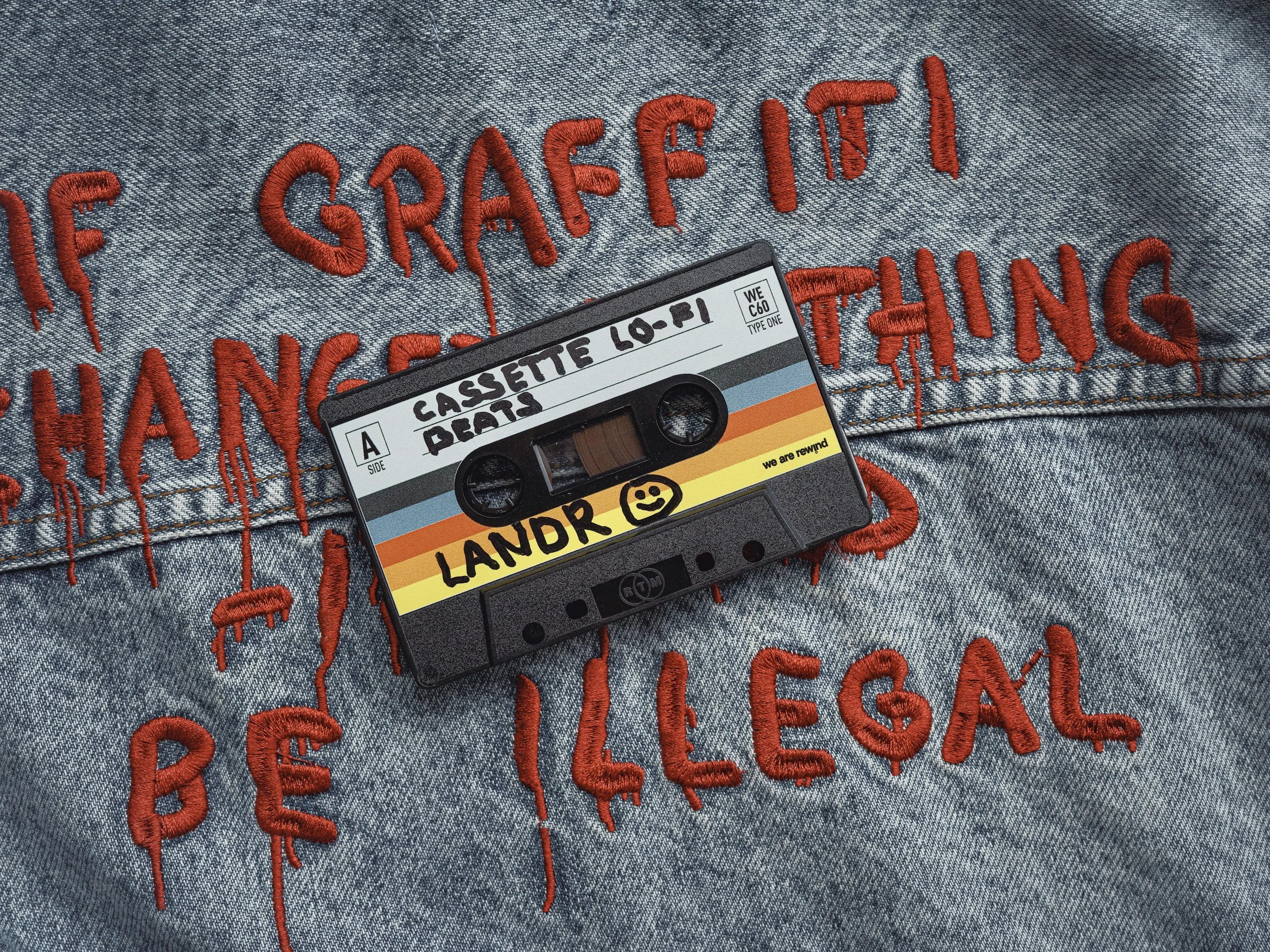





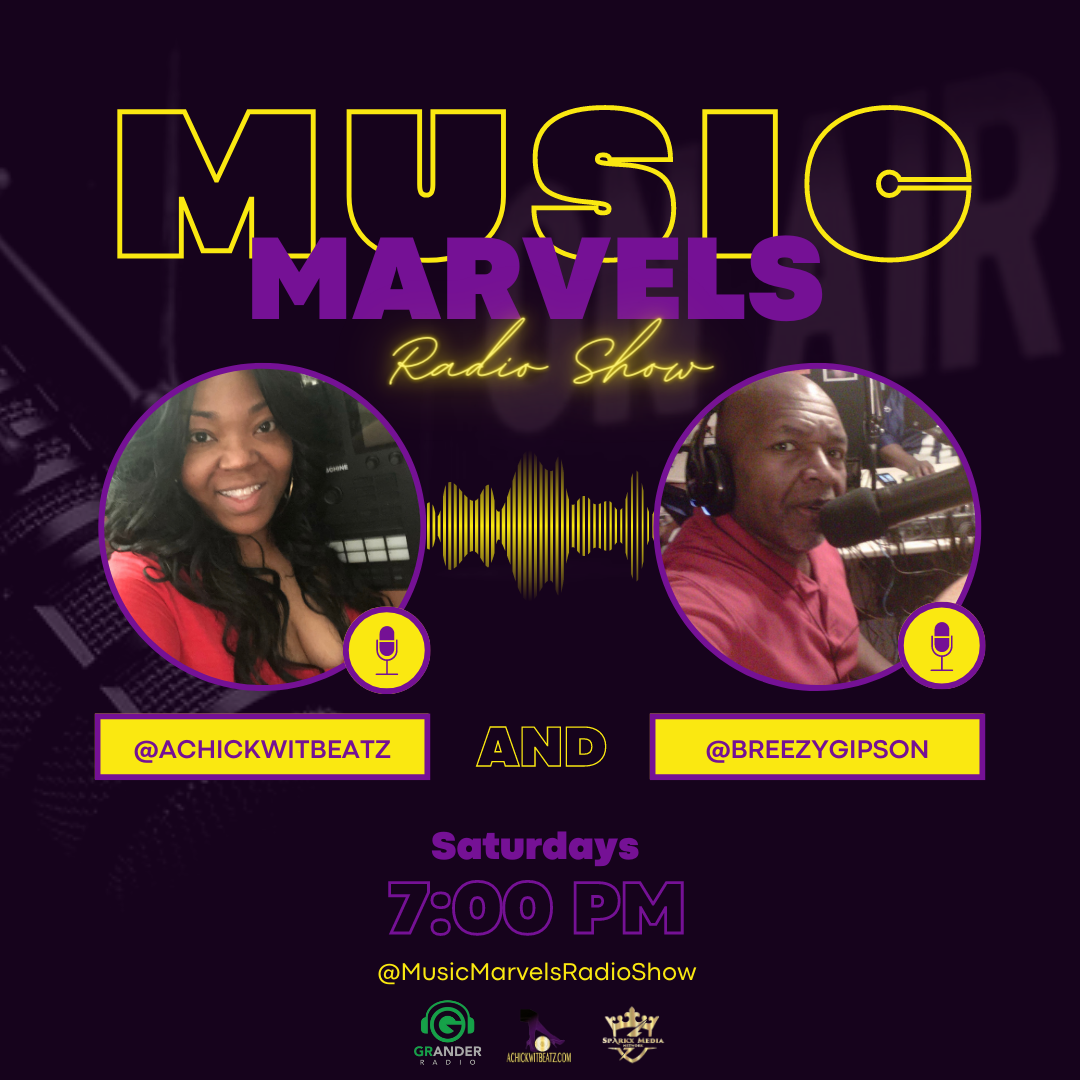
![Hear Here: Achickwitbeatz - Dopamine & Serotonin [Single]](https://images.squarespace-cdn.com/content/v1/52b0b90ae4b0293bfed0d692/1710852808557-EZYGFDIBHLBSIRFOVS1Q/Dopamine+%26+Serotonin.JPG)


